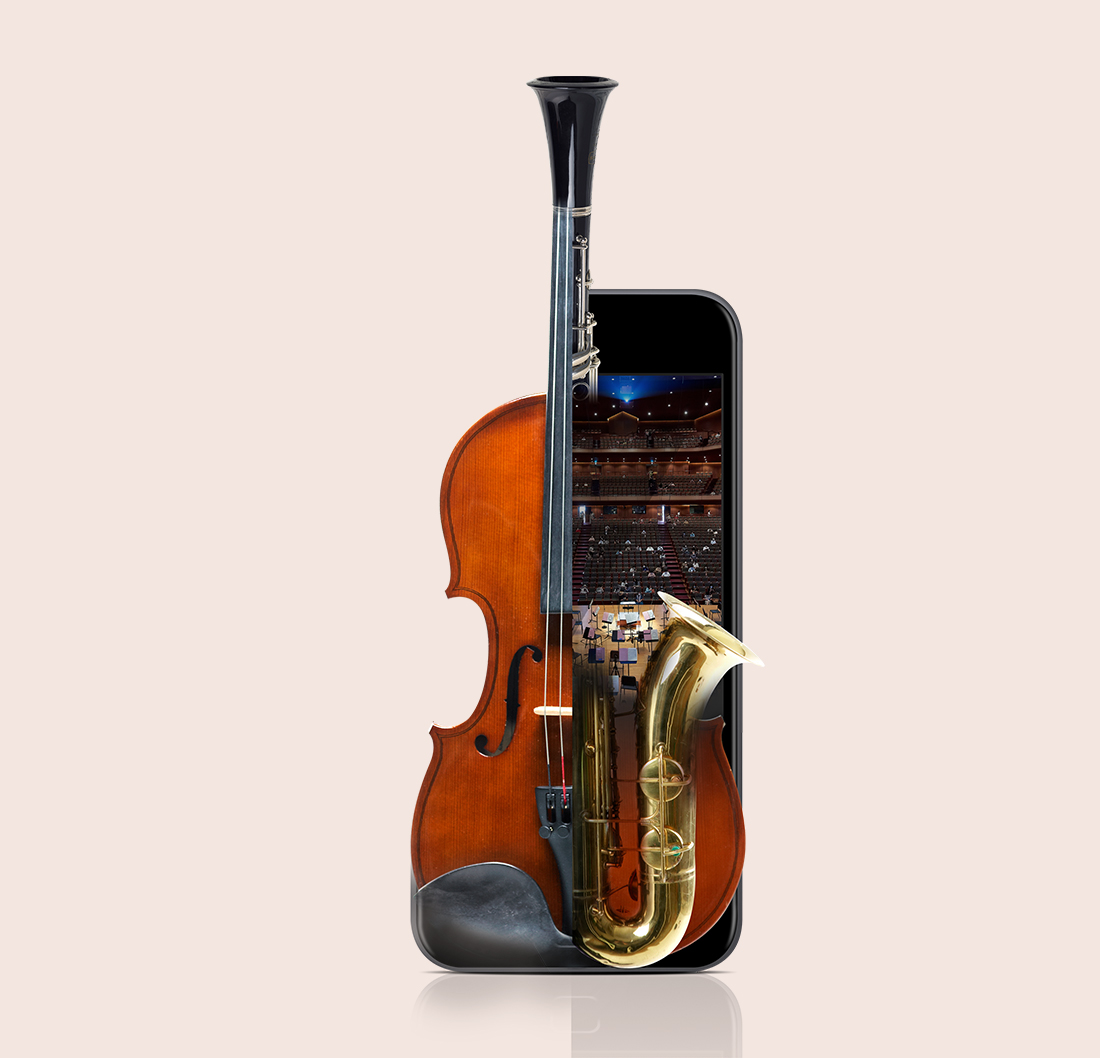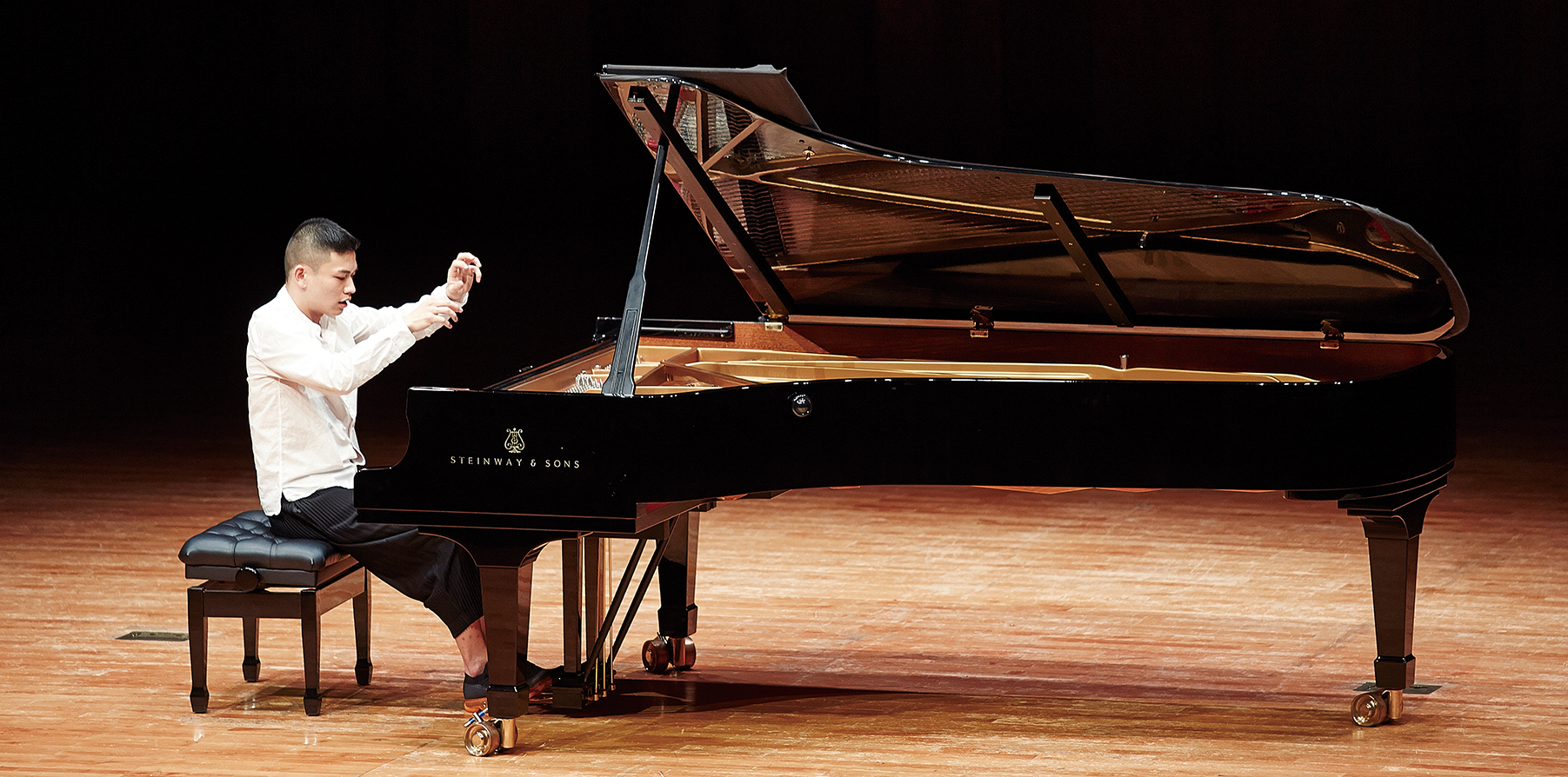Trends
Homegrown Musicians
No Place Like Home
The rise of Korean classical musicians on the world stage is even more impressive since many winners of music awards overseas have never studied abroad. So what is the secret behind musicians who chose to hone their musical skills at home? The foundation of a public university exclusively for the arts and the relentless Korean drive to succeed provide clues.
Written by• Yoo Yunjong
culture writer at Dong-A Ilbo
At the 2010 Queen Elisabeth Competition of classical music in Belgium, five of the top 12 finalists were Korean. To find out why Korean musicians were so successful, the Belgian public broadcasting organization RTBF in November 2011 sent a documentary team to Korea. During its fact-finding trip, the delegation conducted intensive interviews of music faculty at Korea National University of Arts (KNUA) and Seoul National University (SNU).
‘Mystery of Korean Classical Music’
The subsequent RTBF documentary “The Mystery of Korean Classical Music” sought clues behind the success of Korean classical musicians. Several pointers and patterns emerged like how the number of Koreans musicians entering international competitions surged after the KNUA’s establishment in 1992.
In 2015, violinist Ji Young Lim placed first in her category at the Queen Elisabeth Competition and Seung-Jin Cho won first prize at the Chopin Piano Competition in Poland. Despite this, the mystery was left unresolved. So what factors are behind the rising prominence of Korean musicians in classical music worldwide?

© Son Wontaek
Unique University
KNUA’s first president, Lee Kang-sook, stressed the need for “an institution that fosters competent musicians without the need to pursue overseas training” whenever she pitched the school’s purpose. Soon enough, the university saw a series of Korean honors accorded to its students on the global stage. From pianist Sunwook Kim winning the Leeds International Piano Competition in 2006 to Yeol Eom Son claiming the International Tchaikovsky Competition in 2011 and Jiyeong Mun topping the Ferrucio Busoni International Piano Competition (Italy) in the same year, KNUA students and alumni, who received no training abroad, shined on the international stage.
Inter-Scholastic Competition

Trainees in classical music worldwide are dealing with canceled performances and venue closures because of COVID-19, and many lessons and auditions are now done online. © unsplash
What is KNUA’s secret for producing world-class artists? Faculty and students alike deny the existence of any such secret. Since its establishment, the school has never utilized a unique strategy of mentorship or training. The only thing it has done differently is removing general education requirements in favor of specialized arts-oriented education.
Ewha Arts (now Seoul Arts) High School was established in 1953 by the scholastic corporation Ewha Institute. When the institute set up a middle school for specialized education called Yewon School, this led to the systemization of private schooling in the arts.
The presence of leading institutions of secondary and higher education caused heated competition among students to enter the elite course. The prestige of second-tier schools for arts like Sunhwa Arts Middle and High School or SNU further intensified demand for places.

Students perform at the annual K-Arts Platform Festival hosted by Korea National University of Arts in Seoul. © Korea Nat’l Univ. of Arts
More Institutional Support
In 2008, KNUA established its affiliate Korea National Institute for the Gifted in Arts, which offers supplementary courses for grades five to 10. Students can enroll in afterschool programs at the institute while attending regular school elsewhere.
The purpose of the institute is to discover, encourage and support both prodigies and fledgling musicians. When the youth competition Ewha & Kyunghyang News Concours was founded in 1952 and the Dong-A Music Competition in 1961, they showcased the nation’s next generation of music leaders. The Kumho Young Artist Concert series, launched in 1988, actively sought prodigies to give performances. The series selects musicians age 14 or younger for training using a grand performance venue and occasion.
Another factor behind the global success of Korean classical musicians is the single-minded Korean drive to achieve one’s ambition. Aspiring musicians are often surrounded by peers dedicated to their respective instruments, showing the relentless Korean passion for and persistence in musical pursuits.
Going Digital

Seoul Arts Center applies stringent measures to prevent COVID-19 including temperature checks for all who enter. © Seoul Arts Center
Korea’s advanced digital and IT technologies have introduced yet another advantage for Korean musicians. YouTube content has swept — or altered preexisting norms within — numerous industries, giving regions with speedy broadband the upper hand in accessibility. The COVID-19 pandemic has also advanced the presentation of socially distanced or non-contact performances for the sake of public health.
The online streaming project “Behind the Scenes” is a collaboration between Seoul Arts Center and Melon, a music streaming platform known as Korea’s Spotify, featuring star pianist Ji-Yong and violin virtuoso Zia Hyunsu Shin. Their performances premiered on July 23 through the digital platforms Kakao TV and Melon.
Credia, the management agency of both musicians, also features its artists through its ongoing “Meet the Artist Live” series (#TogetherAtHome sessions) on the agency’s YouTube channel.



















